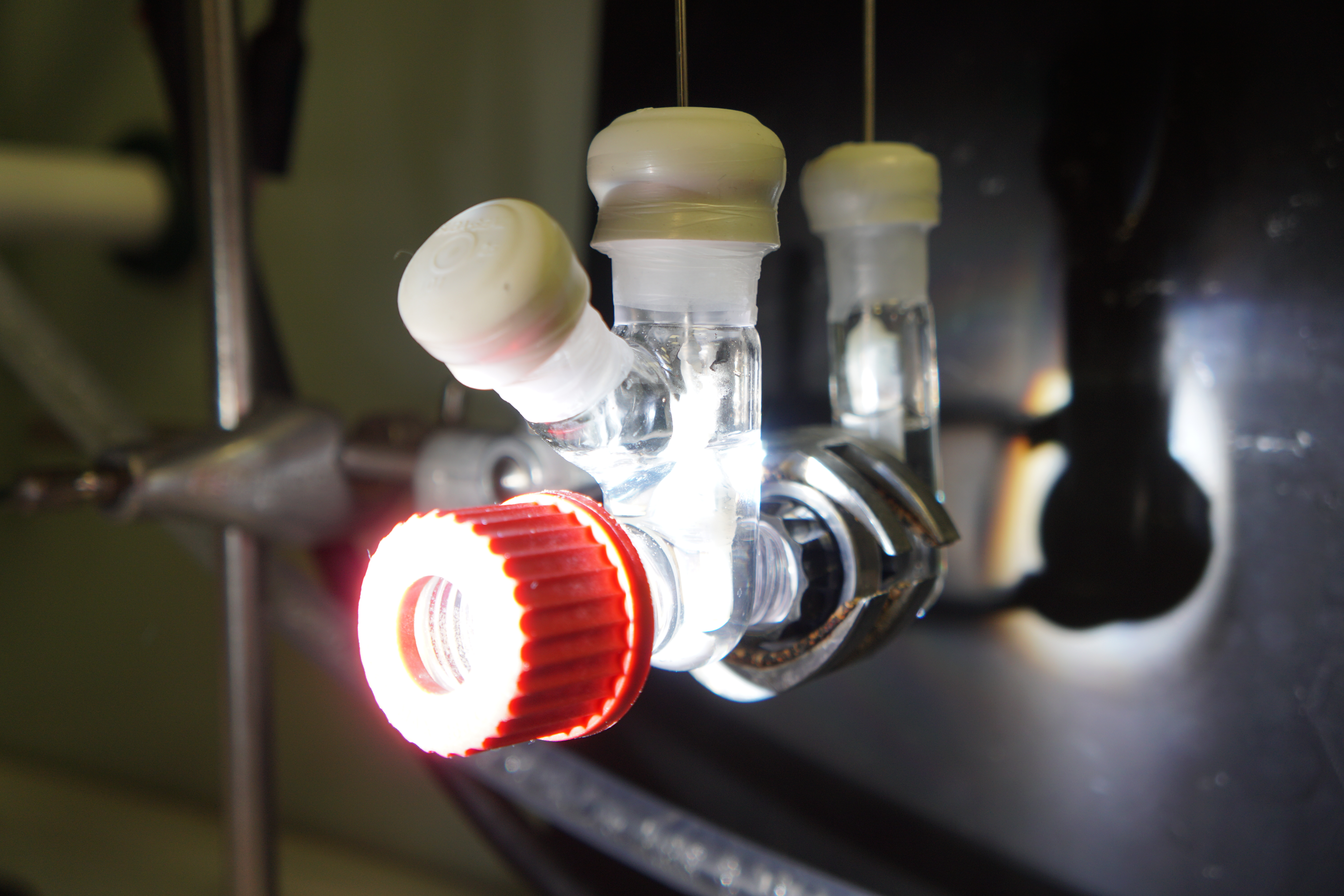
To solve plastic and carbon dioxide pollution, we cannot scrub a magic lamp or deploy magic wands – neither Alexa nor Google can lend a hand yet. Science is at odds with magic, but its discoveries often have a fascinating factor within them. A new system for processing both plastic waste and CO2 at the same time is one of them.
Scientists at the University of Cambridge developed a solar reactor that can transform greenhouse gases (GHG) and plastic waste into sustainable fuels and chemicals, using sunlight as the only energy source. During the testing phase, plastic bottles became glycolic acid, and CO2 was turned into syngas. This is a synthesis gas, a mixture of hydrogen and carbon monoxide, that is the basis for generating other liquid fuels, polymers, and pharmaceutical products.
The research was conducted in the Reisner Lab at the Yusuf Hamied Department of Chemistry, of the British university. Professor Erwin Reisner is the paper’s senior author, with Ph.D. scholar Subhajit Bhattacharjee and Dr. Motiar Rahaman as the co-first authors of the study.
“In conventional processes, converting CO2 – either through electrochemical or photoelectrochemical reaction – usually means obtaining oxygen only through a counter-reaction. Our process allows oxidizing plastic into a valuable chemical for the pharmaceutical industry. “All of this with only sunlight as an energy source,” Rahaman explained.
Processing CO2 and plastic at the same time
The solar reactor has two compartments, one for processing plastic and one for greenhouse gases. An ion-exchange membrane separates the two chambers, which can operate simultaneously. A solar cell generates photovoltage upon sunlight irradiation powering the reaction. The system can perform even with lower light intensity.
At the moment, the mini reactor can process pre-treated polyethylene terephthalate (PET) plastic. It means that plastic that has previously undergone chemical treatment. Regarding GHG, these can be captured directly – from industrial plants exhausts, for instance – to then be conveyed inside the reactor. Additionally, given the compartmentalization, the two output streams are separated, and there is no mixture of products. In the future, researchers envision processing any kind of polyester plastic.

Flexibility and tuneability
Yet, to make the reaction happen, there is the need for a catalyst – the element that accelerates or initiates a chemical reaction. Within the Cambridge system, it is up to it to transform the two waste streams into valuable products. The device’s design allows for flexibility and tuneability. The catalyst can be changed, to obtain different outcomes. Equally, the solar module can be adjusted to keep the best performance as the catalyst is switched.
“By changing the catalyst, the device can be tuned to produce different outputs,” explains Bhattacharjee. The scientists experimented with three catalysts, and each one of them generated different products. First, a molecular catalyst – a chemical molecule – converted CO2 into carbon monoxide. Second, a bimetallic alloy produced syngas selectively. Third, a bio-catalyst – an enzyme — transformed carbon dioxide to formate – a liquid energy carrier.
Getting the most out of sunlight
Another key element of the system is the device’s light absorber, made with perovskite materials. These represent an alternative to silicon solar cells. After years of research, they are demonstrating increasing solar yields. Furthermore, they can be manufactured with cheaper raw materials. In the case of the Cambridge research group, silicon could not be a suitable option for overshooting reasons. When an overshoot occurs, it means that a signal or a function exceeds its target. By contrast, perovskite represents the best option to bring the reactor into a range to allow carbon dioxide and plastics conversion.
Yet, the researchers do not exclude using silicon in future versions of the solar reactor. “Overshooting can be overcome in the future and larger scale development by having multiple batch reactors in line is possible. Besides, perovskites have a good absorption rate in the visible light region, allowing maximum utilization of the available solar energy,” explains Bhattacharjee.
What’s more, the solar module can work with lower light levels. Cloudy days do not compromise its functioning.

Solar power’s untapped potential
From the lab’s solar simulator to real-life applications, many challenges lie ahead. “The main problem now is having a bigger perovskite light absorber, to multiply the output quantity,” Rahaman underlines. “Additionally, we want to try the technology with different waste streams – such as biomass – and parallel to that, scale up the system, while achieving targeted product formation,” stresses Bhattacharjee.
Cambridge’s solar reactor will undergo further testing. Researchers want to make it as robust as possible. They believe that solar power can be a game changer in addressing air and plastic pollution. “There is no other option than finding new technologies to tackle these two major problems of our time”, Rahaman concludes.








